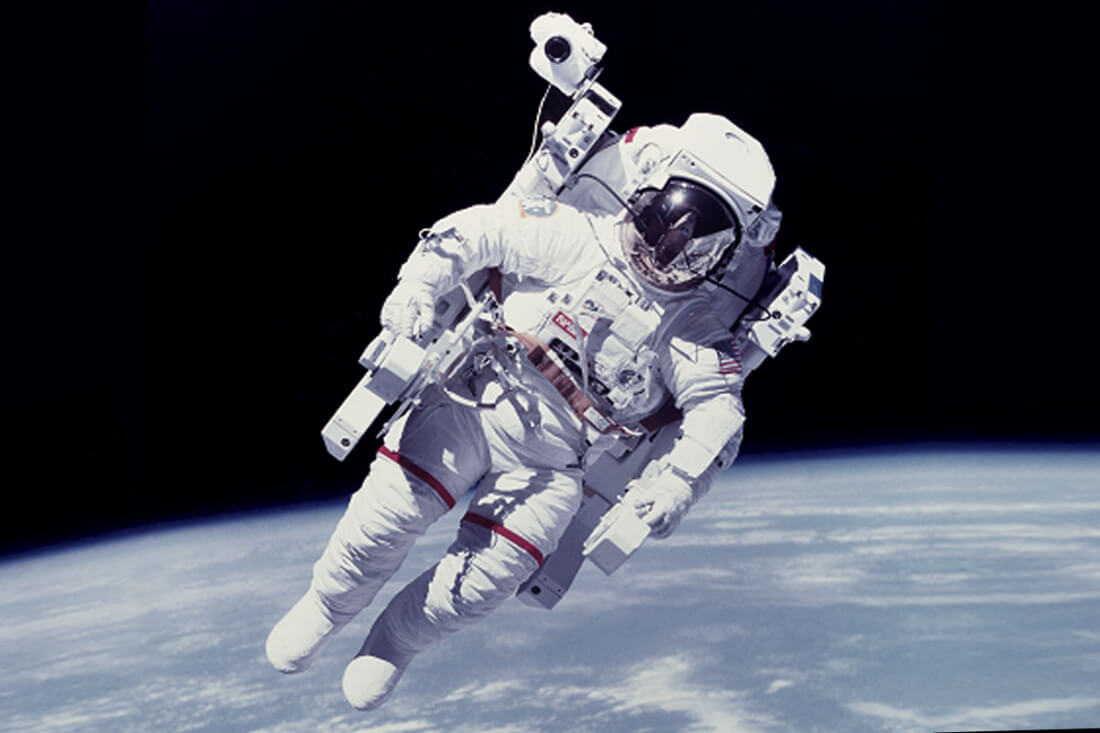
Space is both a beautiful and terrifying environment for humans. While it may hold the key to mankind's future through the colonization of Mars, it's also an extremely dangerous and unforgiving vacuum where even small mistakes can prove lethal.
As the individuals who explore and work in such an inhospitable environment on a daily basis, astronauts have been long overdue for a safety upgrade. For an astronaut, even something as routine as a "spacewalk" (or Extravehicular Activity/EVA) can turn into a nightmare scenario if they lose their bearings and begin to drift off into space.
These safety concerns are a well-known challenge in the engineering world. "The current spacesuit features no automatic navigation solution -- it is purely manual -- and that could present a challenge to our astronauts if they are in an emergency," noted Séamus Tuohy, director of space systems at research firm Draper.
"The current spacesuit features no automatic navigation solution -- it is purely manual -- and that could present a challenge to our astronauts if they are in an emergency."
Draper is eager to solve this problem with their recently-patented "Take Me Home" functionality for spacesuits. This feature will allow astronauts (and their colleagues at the space station or Mission Control) to trigger a spacesuit self-driving mode in the event of an emergency which will automatically guide the astronaut back to a predetermined safe location.
Creating such a system was no small task. Indeed, according to Draper, engineers at the firm had to design a suit that could determine "a precise location in a harsh space environment where GPS is unavailable" and calculate an ideal return trajectory that simultaneously avoids depleting an astronaut's oxygen or fuel before their safe arrival.
But Draper's spacesuit system won't rely on automated systems alone. If automated control is unavailable for any reason, Draper's spacesuit safety system can simply offer astronauts the means to better orient themselves in space. The system will be able to combine "visual, auditory and sensory cues through a web of sensors and a helmet visor display" to make returning home without automated assistance a less terrifying process.
Interestingly, Draper doesn't feel that this technology is limited to use in space. Their "Take Me Home" system could serve as an additional safety net for "first responders and firefighters as they navigate smoke-filled rooms, skydivers hurtling towards Earth and scuba divers who might become disoriented in deep water."
https://www.techspot.com/news/72151-patent-filing-reveals-potentially-life-saving-take-home.html